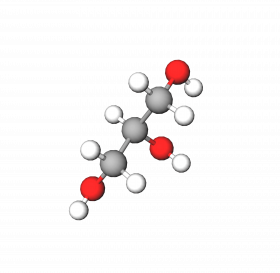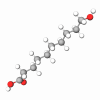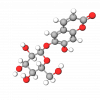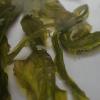Glycerin (Glycerol) is a simple triol (alcohol that contains three hydroxy groups) widely distributed in nature, present in the structure of all natural lipids (fats), whether animal or vegetable. It can be manufactured by the hydrolysis of fats and by the fermentation of sugars. It can also be synthetically manufactured.
It is a clear, viscous liquid that is water-soluble. Glycerin is a humectant that aids the skin's natural protection by filling in the area known as the intercellular matrix and by attracting just the right amount of water to maintain the skin's homeostasis. In other words, it draws moisture to the skin.
Vegetable Glycerine is plant-derived from vegetables and coconut and offers water-binding and moisture-retaining properties that can balance skin’s natural moisturizing factor. This aids in keeping the skin healthy and assists in maintaining the structure of the epidermis (outer layers of the skin).
Glycerine is one of the most used ingredients in personal care formulations. It is used in soaps, lotions, and creams at 2-5%.









